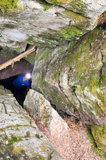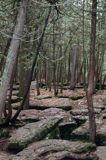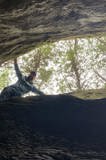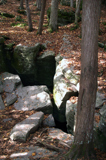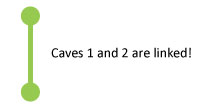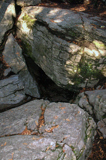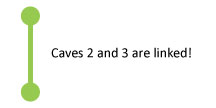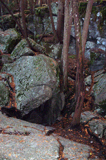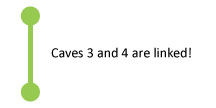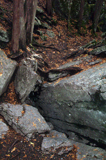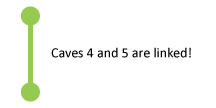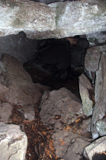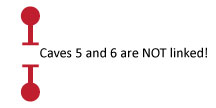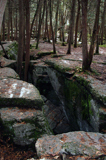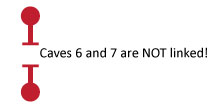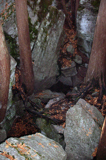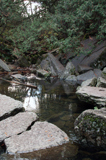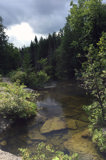20,000 years ago, at the height of this ice age much of Ontario was covered in sheets of ice two to three kilometers thick. 12,000 years ago, when these glaciers began to retreat, meltwaters created prehistoric Lake Algonquin (present-day upper Great Lakes and Lake Simcoe) and Lake Iroquois (present day Lake Ontario).
The flow of glacial meltwater from Lake Algonquin to Lake Iroquois formed the Kirkfield Spillway, which included the Indian and Otonabee Rivers. These ancient rivers were very different from the shallow, placid Indian River we see today, being more like the modern-day Niagara River. The deep, swift, glacier-fed river shaped the landscape found within Warsaw Caves Conservation Area, leaving behind caves, kettles, limestone cliffs and ledges, underground channels, and other interesting natural features.
The caves were created by the chemical erosion of the limestone bedrock. Limestone has a distinctive crystal structure and it will fracture and crack in a specific pattern. As the ancient river flowed over the bedrock it made its way into and through these cracks. High carbon dioxide levels made the river water slightly acidic and it dissolved the limestone over thousands of years, widening the natural cracks and fissures in the rock. In time the river was flowing both over and through the bedrock, in its surface bed and in underground channels. This type of landscape is known as karst topography.
As the glaciers retreated, the weight of ice carried by the bedrock lessened and it rose up in a process known as isostatic rebound. The shifting of the bedrock and continued erosion caused the collapse of underground river channels, leaving behind a series of caves and the broken limestone landscape we see now.
The site is geologically stable today and the rebound of the bedrock means there is no longer water flowing through the caves, although there are still many underground rivers flowing through the area.

